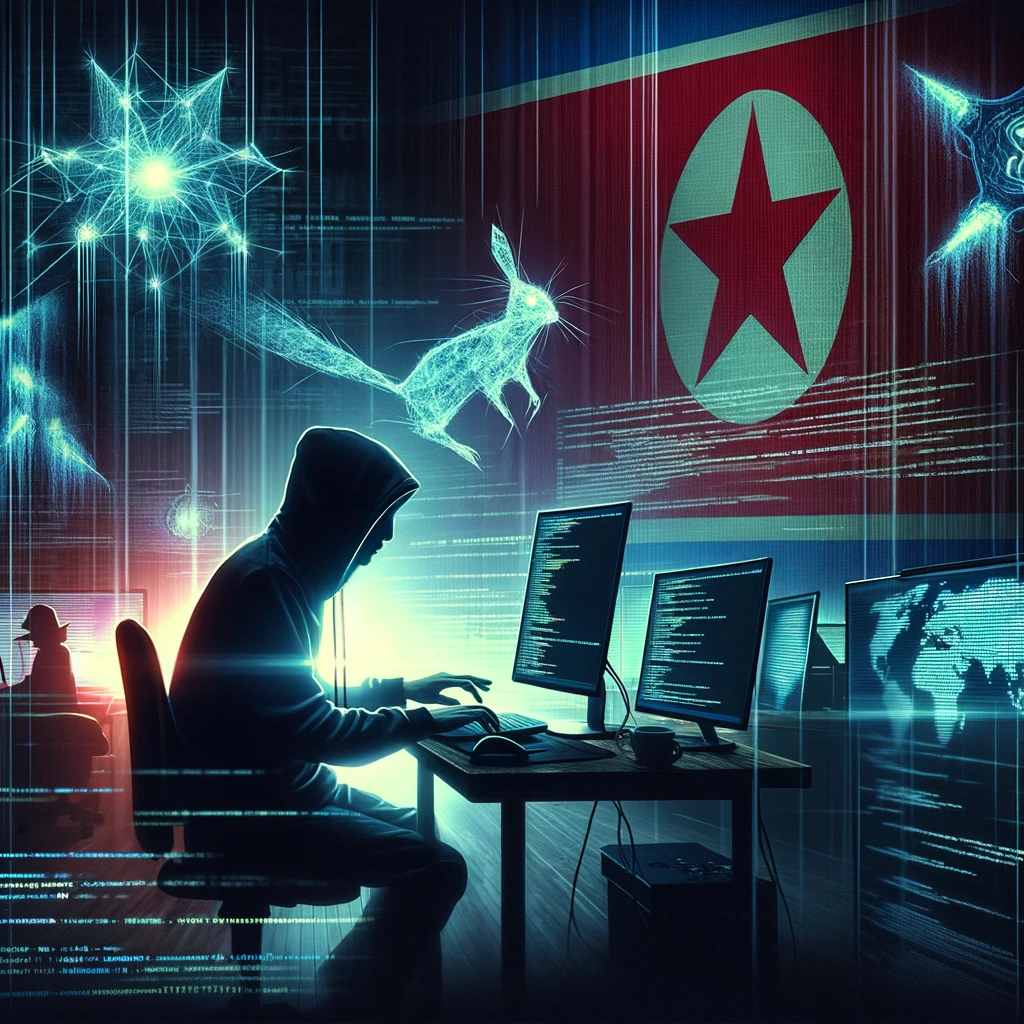Code and Consequence: The Stealthy Cyber Heist of DEEP#GOSU
Charles M. Walls | March 19, 2024 | Views: 259

Imagine a digital heist unfolding in the shadows of the internet, where cunning hackers from the distant lands of North Korea orchestrate a high-tech burglary, not with physical tools, but with lines of code designed to sneak into Windows computers. This operation, known by the intriguing codename DEEP#GOSU, is like something out of a cyber-spy thriller, executed by a group called Kimsuky, which has its digital fingerprints all over various cyber misdeeds linked to the North Korean government.
In this digital underworld, the hackers' weapons of choice are PowerShell and VBScript – tools typically used by IT professionals for automation and scripting tasks. Yet, in the hands of these cyber villains, they become tools for stealthily infiltrating systems, spying on users, and swiping sensitive information without a trace.
The plot thickens as the hackers deploy their malware, a term for malicious software, in a multi-stage attack designed to fly under the radar. They start with an email, seemingly innocuous, harboring a ZIP file pretending to be a PDF. This file, however, is a Trojan horse: it contains a script that, once executed, reaches out to the cloud storage service Dropbox to pull in more of the hackers' nasty tools, including a piece of malware known as TruRat. This rat isn't a rodent but a Remote Access Trojan, allowing hackers to control the infected computer from afar, eavesdropping on every keystroke and command.
But there's more – the malware then uses VBScript to perform a kind of digital magic trick, fetching commands and further instructions from seemingly benign places like Google Docs. It's a clever disguise, allowing the hackers to mingle their malicious traffic with everyday data, making it harder for defenders to spot the intrusion.
One of the most chilling aspects of this saga is the hackers' ability to turn the infected computer into a digital puppet. Through a series of scripts and backdoors – secret pathways into the system that bypass normal security mechanisms – they can siphon off information, monitor the user's every move, and even commandeer the system to execute further malicious activities.
In a world increasingly reliant on digital infrastructure, this tale of cyber espionage serves as a stark reminder of the importance of cybersecurity. Behind the ones and zeros, there are real stakes: privacy, security, and the integrity of systems that underpin our daily lives, from banking to healthcare. As the digital realm continues to evolve, so too do the threats that lurk within it, prompting a perpetual game of cat and mouse between cybercriminals and those tasked with protecting the digital frontier.




